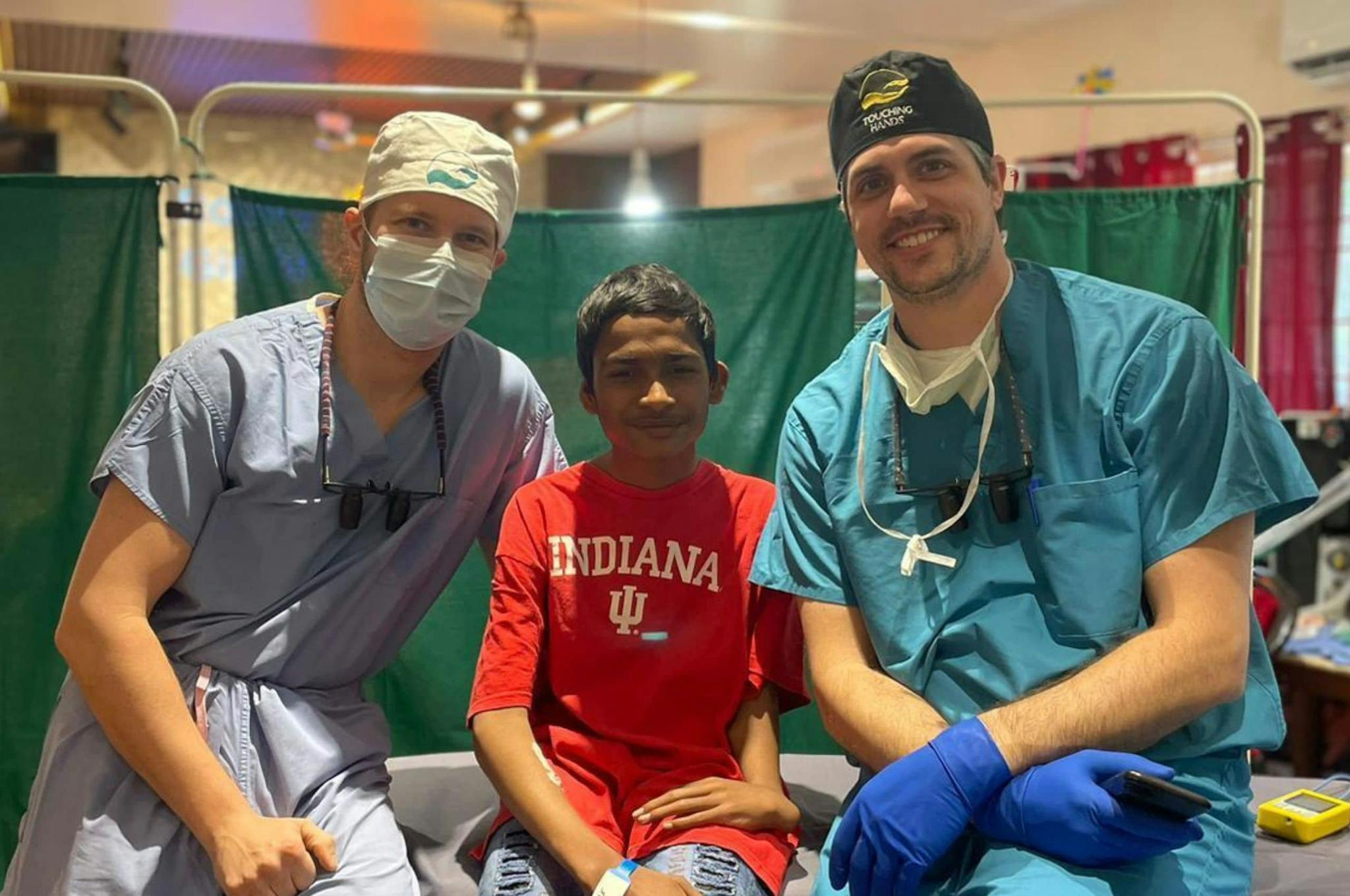
2025-06-10T13:54:10
Understanding Skin Grafts
- Dermatology
- Family Medicine
- Internal Medicine
- Orthopedics
August 14, 2017 | Orthopedics
Specialties:Orthopedics

Also called total ankle replacement, a surgical procedure called total ankle arthroplasty (TAA) is used to treat ankle arthritis. Without treatment, this form of arthritis can lead to loss of cartilage, pain and possibly deformity.
The goal of TAA is to improve ankle motion and create less pain during regular activities. Here are some basic facts about ankle arthritis, signs TAA might be needed and details of the procedure.
In healthy ankles, bones are covered by cartilage, a smooth protective substance. Cartilage allows the ankle joint to move properly, but if it becomes thinner and rougher than normal, arthritis can develop.
Arthritis is more common in joints that have been injured or have undergone “wear and “tear.” This affects the knee and hip most commonly, but can also affect the ankle. Risk factors for developing ankle arthritis include:
If less invasive methods of limiting pain are unsuccessful, TAA might be considered. More conservative methods include medications (for pain and inflammation), bracing, physical therapy and activity modifications. In many cases, rheumatoid arthritis patients are good candidates for TAA.
Alternatively, TAA is not suited for patients with significant deformity or dead bone in the talus or the bottom bone of the ankle joint. It also shouldn’t be performed on people with prior or current ankle infections, lower extremity neuropathy, inadequate or absent leg function, poor blood flow to the leg or inadequate soft tissues.
A few general details to be aware of during the TAA procedure include:
You’ll likely spend one or more nights in the hospital after the procedure, and there will be a period of immobilization and non weight-bearing activity during recovery. Elevation will be required for several days to control swelling and increase healing. Once wounds have healed, your surgeon may allow you to work on non weight-bearing range-of-motion activities. Weight-bearing activity can usually begin a few weeks after surgery if X-rays indicate positive healing.
There are a few complications and risks to be aware of and potentially discuss with your surgeon before a TAA:
If you’re dealing with painful ankle arthritis, speak to your doctor to see if total ankle replacement is right for you.
“Total Ankle Arthroplasty.” American Orthopedic Foot & Ankle Society. http://www.aofas.org/footcaremd/treatments/Pages/Total-Ankle-Arthroplasty.aspx
“Ankle Arthritis and Total Ankle Replacement.” Cleveland Clinic. https://my.clevelandclinic.org/health/articles/ankle-arthritis-and-total-ankle-replacement
WRITTEN BY:
The Live Better Team

2025-06-10T13:54:10

2024-06-21T14:29:51

2024-02-06T11:40:13

2023-03-30T11:23:12
This information is not intended to replace the advice of a medical professional. You should always consult your doctor before making decisions about your health.